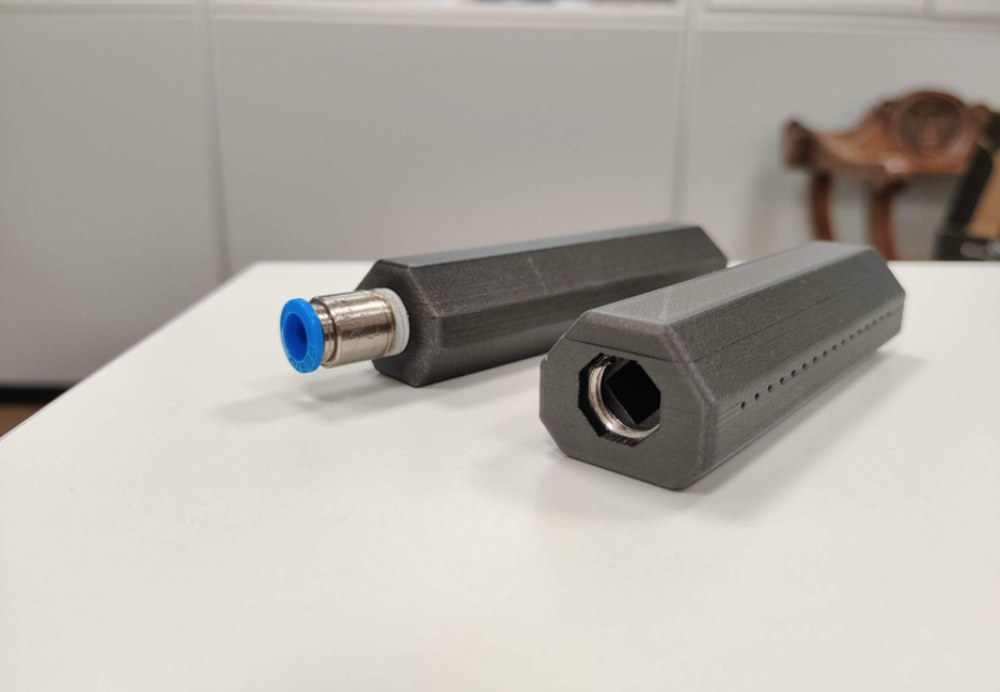M.H. Material Handling has always been committed to innovation, both in how it produces goods and in the tools it uses to increase efficiency. As part of this focus, the company began exploring additive manufacturing to combine advanced technology with greater productivity.
Initially, they ran some trials with external suppliers to test the potential of 3D printing. The results were promising, which led to the decision to invest in a Mark Two™ 3D printer. This allowed the engineering team to experiment more freely and discover new ways to improve production.
The impact was almost immediate. The company found that they could create parts with complex shapes that would have been impossible or too expensive to make using traditional methods. They were also able to produce these parts much faster, which meant tools could be put into use sooner—saving time and improving workflows.
These developments showed how additive manufacturing could help M.H. Material Handling solve real production challenges and boost overall efficiency.
“Markforged® 3D printers allow us to manufacture ready-to-use products with exceptional design flexibility and customization options.” – Francesco Gastroni, Operations Manager of M.H. Material Handling
One of M.H. Material Handling’s key innovations is a twisting system that rotates wrapped products by 90° or 180° as they move through specially shaped channels on conveyor belts. Before adopting 3D printing, these components were made either by machining solid plastic with 5-axis mills or by shaping steel rods and mounting them onto custom-built frames.
Now, with the Markforged X7™ 3D printer, the company can print the twisting mechanism in just two parts. This makes it much easier for designers to adjust the internal shape of the chute to match each customer’s product—without high modification costs.
By switching to the X7, M.H. Material Handling has reduced both production time and material costs by up to 80%, compared to traditional manufacturing methods.
“With their continuous fiber reinforcement and excellent surface finish, Markforged® 3D printers allow us to manufacture ready-to-use products with exceptional design flexibility and customization options. The industrial challenges our customers present to us daily can now be solved more effectively,” stated Francesco Gastroni, Operations Manager of M.H. Material Handling.
Considering air blower nozzles, these are typically sourced from a catalog. “It’s often difficult to find the exact size for the application required by customers with specific flow and pressure requirements,” explained Francesco Gastroni. “So, we use the Digital Forge to optimize the design, achieving greater adaptability of the component, which can be perfectly configured to meet the specific needs of the plant. In this case, the savings come primarily from time and ease of design, since there is no need to create custom pieces to fit commercial components for the application.”
Download the Free Report on How COVID-19 has Impacted Supply Chains
Gain key insights including: COVID-19 pandemic impact on business. 3D printing use during the health pandemic. Challenges facing manufacturers using incumbent technology. Future plans for investing in additive manufacturing. And more...
Get the report